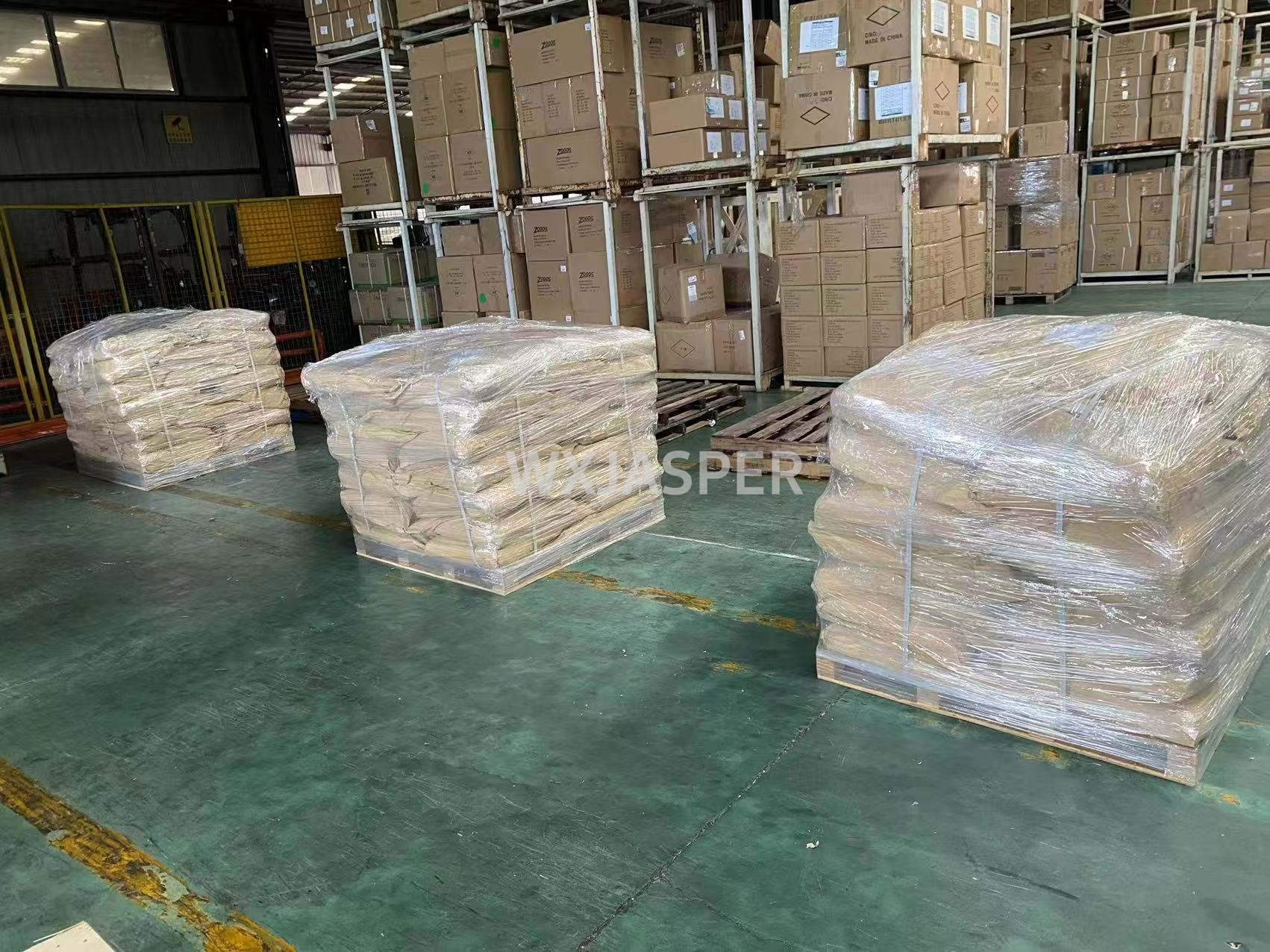Your Location:Home > Products > Solvents > Dicyandiamide



CasNo: 461-58-5
MF: C2H4N4
Appearance: White crystalline powder
Delivery Time: 15 days
Packing: 25kg/bag
Purity: 99.5%
Basic Information
Product Description
Product Name:Dicyandiamide
CAS No: 461-58-5
Molecular formula : C2H4N4
Form: Powder
Product Application
Epoxy Resin Curing Agent (Primary Use):
|
Model NO. |
461-58-5 |
Appearance |
Powder |
|
Color |
White |
Purity |
99% |
|
Sample |
Available |
Specification |
25kg/bag |
|
Grade Standard |
Industrial Grade |
Origin |
China |
|
Transport Package |
Bag |
|
|
A latent curing agent for powder coatings, electrical laminates (e.g., PCBs), and one-component adhesives. Requires heat (typically >180°C) to activate, providing excellent shelf stability.
Flame Retardants:
Key raw material for manufacturing melamine and guanidine-based flame retardants (e.g., melamine polyphosphate, guanidine phosphate) used in plastics, textiles, and coatings.
Pharmaceuticals & Agrochemicals:
Crucial building block for synthesizing guanidine-type drugs (e.g., antihypertensives, antimicrobials) and herbicides (e.g., guanidine derivatives like chlorpropham).
Chemical Synthesis:
Intermediate for producing guanidine salts, biguuanides (e.g., metformin for diabetes), and melamine.
Used in the synthesis of slow-release fertilizers (e.g., coated urea).
Packaging
200Kg/drum
Storage
Store in a cool, dry, well-ventilated area. The storage temperature should generally be below 30°C (86°F).